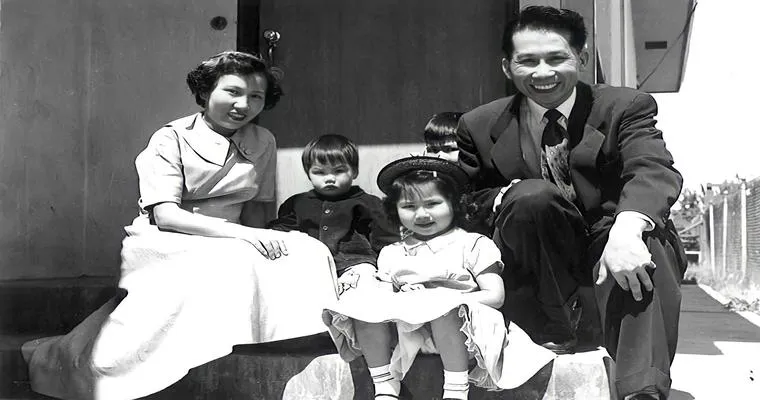Cancer is a complex group of diseases characterized by the uncontrolled growth and spread of "abnormal cells" in the body. It can occur in various forms, affecting different organs and systems. Understanding cancer is crucial, as it remains one of the leading causes of death worldwide. This article will provide a comprehensive overview of cancer, including its types, causes, symptoms, and treatment options.
Types of Cancer
There are over 100 different types of cancer, which can be categorized into several main groups:
1. "Carcinomas": These cancers originate in the skin or tissues that line internal organs. Common types include breast, lung, and prostate cancer.
2. "Sarcomas": These are cancers that arise from connective tissues, such as bones, muscles, and fat.
3. "Leukemias": Cancers of the blood-forming tissues, mainly affecting the bone marrow and blood.
4. "Lymphomas": These cancers begin in the immune system, specifically in the lymphatic system.
5. "Central Nervous System Cancers": These include cancers that begin in the brain and spinal cord.
Causes of Cancer
The development of cancer is often linked to a combination of genetic, environmental, and lifestyle factors. Some common causes include:
"Genetic Mutations": Certain inherited genetic mutations can increase the risk of developing cancer.
"Tobacco Use": Smoking and tobacco use are the leading preventable causes of cancer.
"Diet and Obesity": Poor diet and obesity can contribute to the risk of various cancers, including colorectal and breast cancer.
"Alcohol Consumption": Excessive alcohol intake is linked to an increased risk of cancers such as liver and breast cancer.
"Environmental Exposure": Prolonged exposure to certain chemicals and radiation can increase cancer risk.
Symptoms of Cancer
Symptoms of cancer can vary widely depending on the type and location of the disease. Some common signs include:
Unexplained weight loss
Fatigue that does not improve with rest
Persistent pain
Skin changes, such as new moles or changes in existing moles
Changes in bowel or bladder habits
It is essential to consult a healthcare professional if any of these symptoms persist, as early detection can significantly improve treatment outcomes.
Treatment Options
The treatment of cancer often depends on the type, stage, and location of the disease, as well as the overall health of the patient. Common treatment options include:
"Surgery": Removing the tumor and surrounding tissue is often one of the first lines of defense.
"Radiation Therapy": This treatment uses high-energy rays to target and kill cancer cells.
"Chemotherapy": This involves the use of drugs to kill cancer cells or stop their growth.
"Immunotherapy": A treatment that helps the immune system fight cancer more effectively.
"Targeted Therapy": These drugs target specific molecules involved in the growth and spread of cancer cells.
Conclusion
Cancer remains a significant global health challenge, but advancements in research and treatment have improved survival rates and outcomes for many patients. Awareness of the risk factors, symptoms, and treatment options is essential for early detection and effective management of the disease. By understanding cancer better, we can work towards more effective prevention strategies and support those affected by this complex illness.





